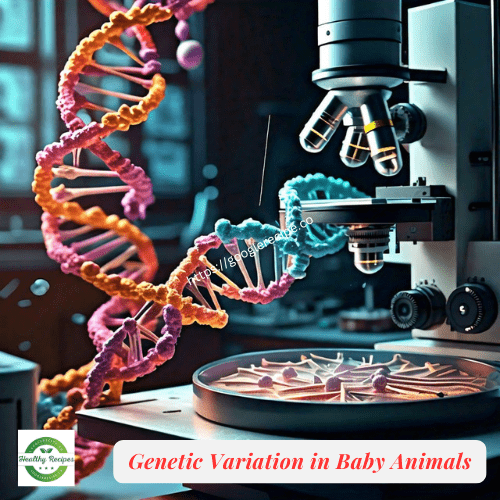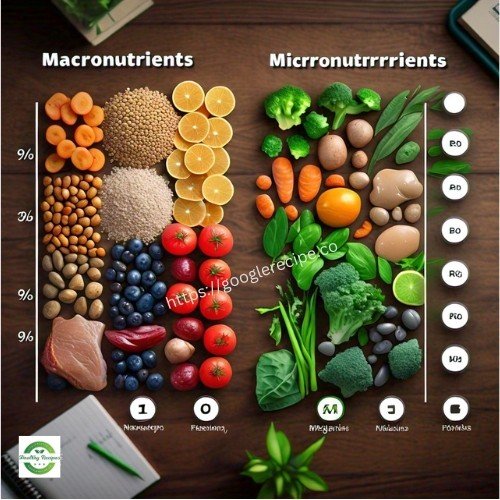DNA Replication
The Marvel of Cell Division: From Zygote to Multicellular Wonder
DNA Replication? It might be hard to believe, but at the very start of your life, you were a single microscopic cell called the zygote. Now, your body contains millions of cells, all of which came about through the remarkable process of cell division.
Cell division is not only the basis of growth and repair in humans but is also a method of asexual reproduction in organisms like bacteria.
Two whole new cells
However, a single cell cannot simply split itself in half to form two whole new cells—such an attempt would result in two incomplete, non-functional cells.
Before a cell can divide, everything inside it needs to be meticulously copied. This includes all cellular components, such as the mitochondria, as well as the chromosomes housed within the nucleus.
A human body cell contains 23 pairs of chromosomes, totaling 46. During cell division, the DNA in the chromosomes is replicated to form 46 pairs—doubling the chromosome count.
These pairs then split apart when the cell divides, ensuring each of the two new daughter cells has the correct number of chromosomes. This crucial step occurs during a stage of cell division known as mitosis.
The fascinating process of DNA replication
Let’s delve deeper into the fascinating process of DNA replication, a key part of mitosis. Each nucleotide in DNA contains a base, which the letters A, T, C, and G stand for.
A piece of DNA consists of two strands of nucleotides twisted together to form a double helix. These strands are complementary, meaning that every A in one strand pairs with a T in the other, and every C pairs with a T in the other strand.
During DNA replication, the double helix unwinds, and an enzyme called DNA helicase unzips the DNA, separating the two strands. This unzipping occurs at multiple points along the DNA.
An enzyme called DNA polymerase
Next, an enzyme called DNA polymerase attaches itself to the DNA strands, adding complementary free nucleotides to the now-exposed bases on both strands.
A pairs with T, and C pairs with G, forming two DNA molecules, each with one new strand and one original strand. These two strands twist back into a double helix. The subsequent DNA particle are exact to the authentic.
In some ways, DNA replication is similar to transcription, a process that occurs during protein synthesis. Both processes use enzymes to join free nucleotides together, and both take place in the nucleus.
Significant differences
However, there are significant differences. In DNA replication, each DNA strand serves as a template to make two new identical DNA molecules. In transcription, only the coding strand of the DNA molecule is used to produce a single strand of RNA.
Cell division, starting from the initial zygote to the millions of cells that now make up your body, is a testament to the intricate and awe-inspiring processes that sustain life.
From the precise replication of DNA to the splitting of chromosomes during mitosis, these processes ensure that each new cell is an exact copy of the original, allowing for growth, repair, and reproduction.
The marvel of cell division continues to be a foundational principle of biology, illustrating the complexity and beauty of life at its most fundamental level.
Conclusion
The journey from a single microscopic zygote to a complex organism composed of millions of cells is a remarkable testament to the power and precision of cell division.
This process, fundamental to growth, repair, and reproduction, ensures that each new cell is a perfect replica of its predecessor. Through the meticulous steps of DNA replication and mitosis, our bodies maintain their functionality and vitality.
Understanding cell division not only deepens our appreciation for the biological processes that sustain life but also highlights the incredible complexity and coordination required to build and maintain a living organism.
The seamless orchestration of enzymes, the precise pairing of nucleotides, and the flawless division of chromosomes all contribute to the creation and perpetuation of life.
As we continue to explore and uncover the intricacies of cell division, we gain valuable insights into the mechanisms that drive health and disease.
This knowledge can lead to advancements in medical science, offering new ways to combat illnesses, repair tissues, and even understand the origins of life itself.
The study of cell division is a cornerstone of biology, reminding us of the intricate dance that unfolds within every living cell and the profound connection we share with all living organisms through this universal process.
FAQs about Cell Division and DNA Replication
1. What is cell division? Cell division is the process by which a single cell divides to form two new cells. It is important for gain, replacement, and breeding in breathing organisms.
2. What are the stages of cell division? The primary stages of cell division in eukaryotic cells are mitosis and cytokinesis. Mitosis subsist of certain phases: prophase, metaphase, anaphase, and telophase. Cytokinesis is the ultimate step, where the cytoplasm divides, manufacturing 2 isolated cells.
3. Why is DNA replication important before cell division? DNA replication protect that all new cell collect an accurate copy of the genetic substantial. This is essential for guaranteeing appropriate function and growth as well as preserving the integrity of the organism’s DNA.
4. How does DNA replication occur? DNA replication involves unwinding the double helix, separating the two strands, and using enzymes like DNA polymerase to add complementary nucleotides to each strand. This results in two identical DNA molecules, each with one new and one original strand.
5. What role do enzymes play in DNA replication? Enzymes such as DNA helicase and DNA polymerase are vital for DNA replication. DNA helicase unwinds the double helix, and DNA polymerase adds complementary nucleotides to the exposed DNA strands.
6. What are the differences between DNA replication and transcription? DNA replication produces two identical DNA molecules, each containing one new and one original strand. Transcription, on the other hand, involves copying a segment of DNA into RNA, specifically mRNA, which is used in protein synthesis.
7. How do chromosomes ensure accurate cell division? Chromosomes are duplicated and aligned in the cell’s center during mitosis. They are then pulled apart to opposite ends of the cell, ensuring each new daughter cell receives the correct number of chromosomes.
8. What is the significance of mitosis? Mitosis is necessary for gain, improvement, and tissue replacement in multicellular organisms. It ensures that each new cell is genetically identical to the parent cell.


